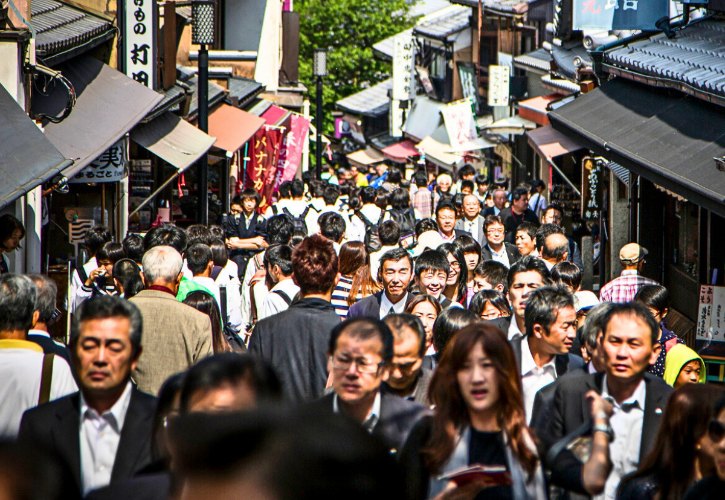
Planning a trip to Osaka and Kyoto? Timing is everything.
The difference between visiting in peak cherry blossom season versus quiet January is like night and day.
You could be fighting through crowds at double the hotel price, or you could have short queues, lower hotel prices, and peaceful sightseeing instead.
Let me walk you through when to go (and when to skip) based on what matters most to you. 😊
Quick Overview: What to Expect Each Season
Before diving into specifics, here’s your at-a-glance guide:
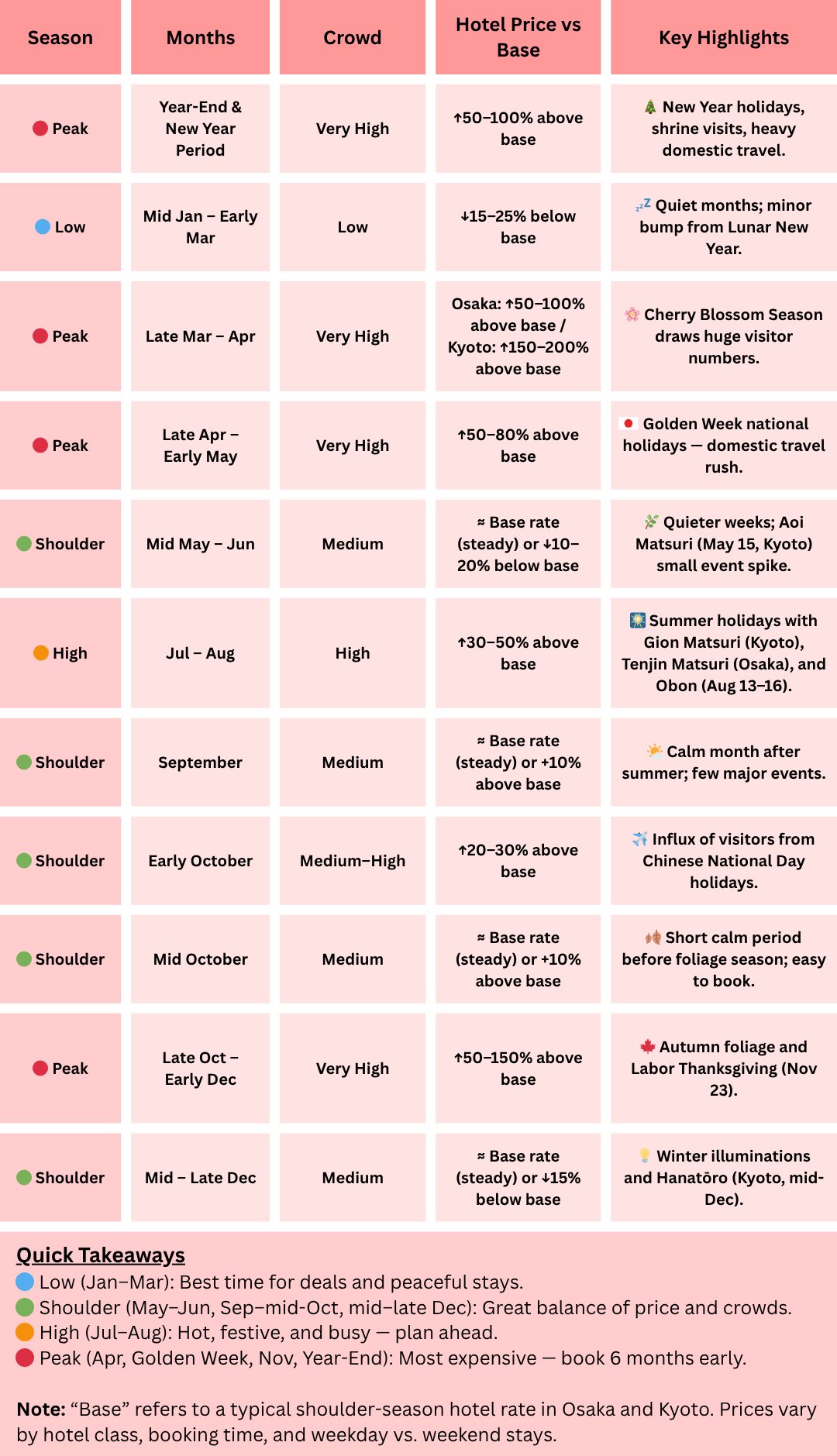
The 5 Best Times to Visit
a. Mid-January to Early March: Winter Bargain Season
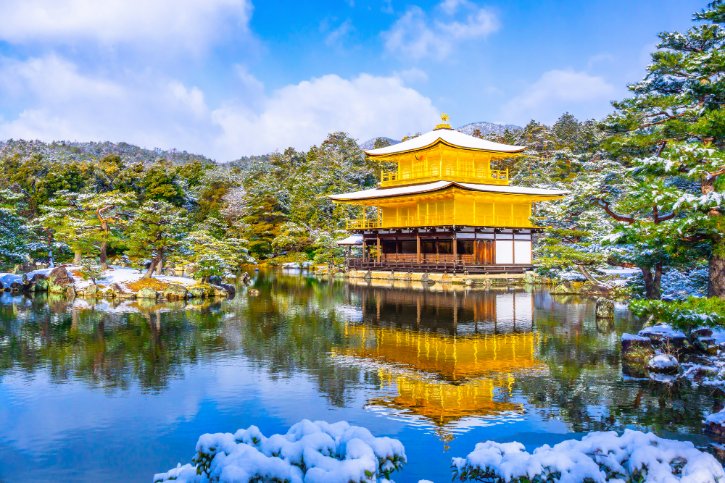
This is my favorite “secret” time to visit.
Yes, it’s cold. You’ll need a proper winter coat, and morning temperatures hover around 2-5°C. But here’s what you get in return:
The good stuff:
- Hotels cost 15-25% less than usual – a ¥15,000 ($100) room drops to ¥12,800 ($85)
- Hotel prices are 1–2 times cheaper than during the cherry blossom season
- Major temples and attractions have low crowds
- Crystal-clear skies perfect for photography
- Plum blossoms start blooming in late February
What’s happening:
- Toka Ebisu Festival (January 9-11) in Osaka for business blessings
- Setsubun (Early February) bean-throwing ceremonies at Kyoto temples
- Otherwise, quiet post-holiday months with few events
Trust me, there’s something magical about having Fushimi Inari’s thousand torii gates almost to yourself on a crisp winter morning.
Pack: Thermal underwear, winter coat, gloves, and a good scarf. Layers are your friend.
b. Mid-May to Late June: The Sweet Spot Nobody Talks About
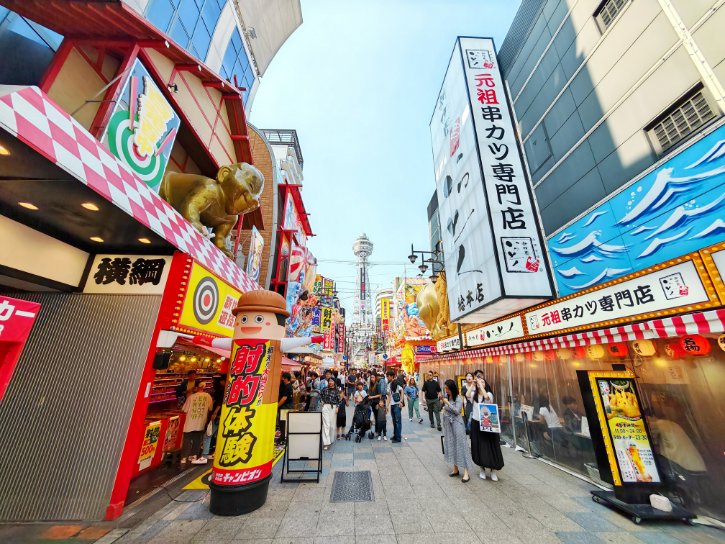
After Golden Week chaos ends (early May), something wonderful happens. The crowds disappear, prices return to normal, and the weather is gorgeous.
Why it works:
- Perfect temperatures: 23-27°C in May
- Fresh green foliage everywhere
- Hotel prices at baseline or even 10-20% below
- Medium crowds, much calmer than peak seasons
Events to catch:
- Aoi Matsuri (May 15): Kyoto’s elegant Heian-period procession – expect a small crowd spike this day
- Otaue Rice Planting Festival (June 14): Traditional ritual at Sumiyoshi Taisha Shrine in Osaka
Here’s the catch: June brings the start of tsuyu (rainy season). But don’t let that scare you off. Early June often has plenty of dry days, and a little drizzle makes temple gardens even more atmospheric.
Pack: Light layers, comfortable walking shoes, compact umbrella (especially for June).
c. September: The Calm Recovery Period
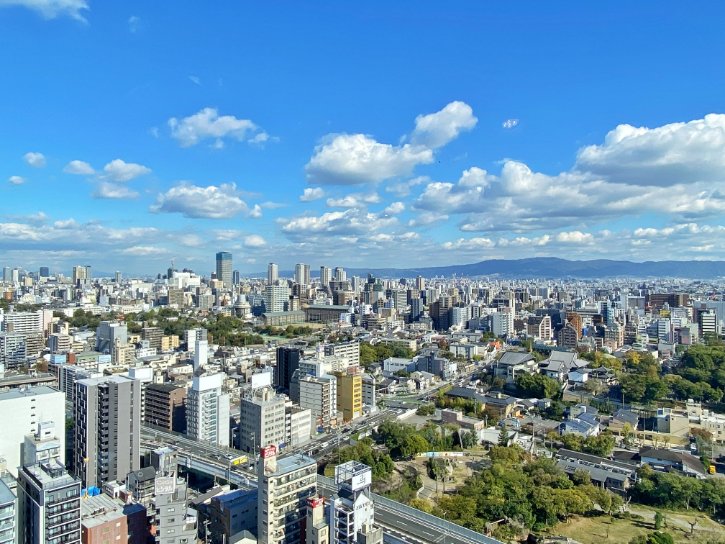
September is an interesting transitional month after the summer holiday chaos.
The crushing August heat starts to fade. The autumn leaf crowds haven’t arrived. Hotels return to normal rates or just slightly above (up to 10%).
The reality check:
- Early September still feels summery (28-30°C)
- This is typhoon season (though major impacts are rare)
- Medium crowd levels – busier than winter but calmer than peak seasons
- By late September, evenings become pleasantly cool
Why it’s worth it:
- Fewer festivals mean steady, predictable crowds
- Hotel rates stabilize near baseline
- Early spider lilies blooming
- Perfect weather by month’s end
Pro tip: Keep flexible plans for a day or two in case of typhoon warnings. Indoor activities like Osaka’s covered shopping arcades are your backup plan.
d. Mid-October: The Brief Calm Before the Storm
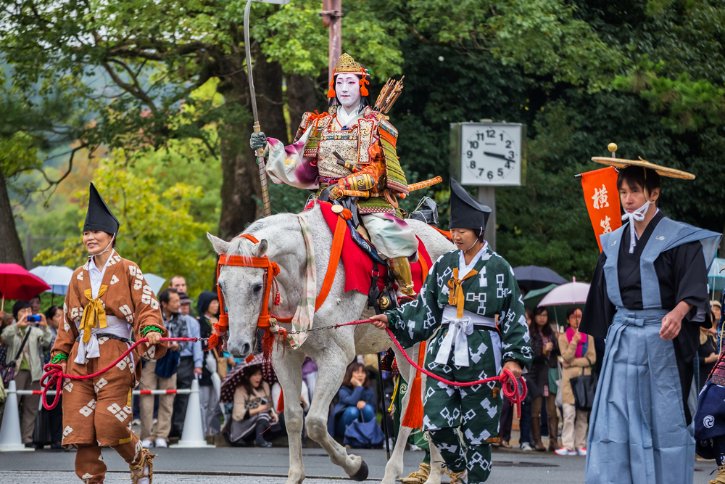
Mid-October offers a narrow window of excellence before the autumn foliage madness begins.
The weather? Nearly perfect at 21-23°C. The crowds? Still medium level. The scenery? First hints of autumn color without the November chaos.
What makes it special:
- Ideal walking weather (warm days, cool evenings)
- Jidai Matsuri (October 22): Kyoto’s historical costume parade
- Kurama Fire Festival (October 22): Dramatic torch-lit evening event
- Hotel prices near baseline or just 10% above
- Calm transition period with fewer tour groups
This is when locals love their cities most. Join them for evening strolls along the Kamogawa River or through Dotonbori when the neon reflects off the canal.
Pack: Layers are key. T-shirt for sunny afternoons, light jacket for evenings.
e. Mid to Late December: Holiday Magic Without the Crowds
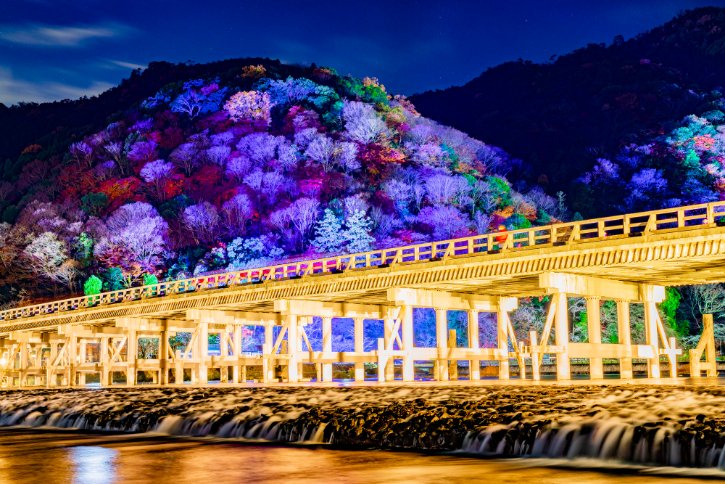
From December 10-25, something special happens. The autumn crowds have left, the New Year rush hasn’t started, and the cities sparkle with winter illuminations.
The festive perks:
- Osaka’s Festival of Lights along Midosuji Boulevard
- Arashiyama Hanatouro: Thousands of lanterns in Kyoto’s bamboo groves (mid-December)
- Hotel prices at baseline or even 15% below
- Christmas markets and seasonal displays
Weather reality: Days are cool (5-10°C), nights near freezing. But the dry air and clear skies make it bearable.
Critical timing: Wrap up your trip by December 27. After that, domestic travel explodes for New Year’s, and many businesses close.
When NOT to Visit (Unless You Know What You’re Getting Into)
a. Year-End & New Year (December 28 – January 7)
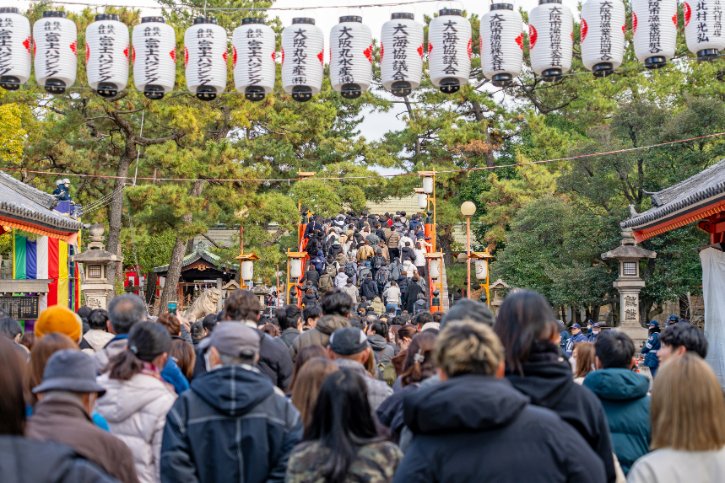
This period is travel chaos incarnate.
- Hotels jump 50-100% above normal rates
- Peak-level crowds at shrines for New Year visits
- Many restaurants and shops close December 29 – January 3
- Domestic travel surge makes trains and flights packed
Skip it unless experiencing Japanese New Year traditions is your specific goal.
b. Late March to April: Cherry Blossom Insanity
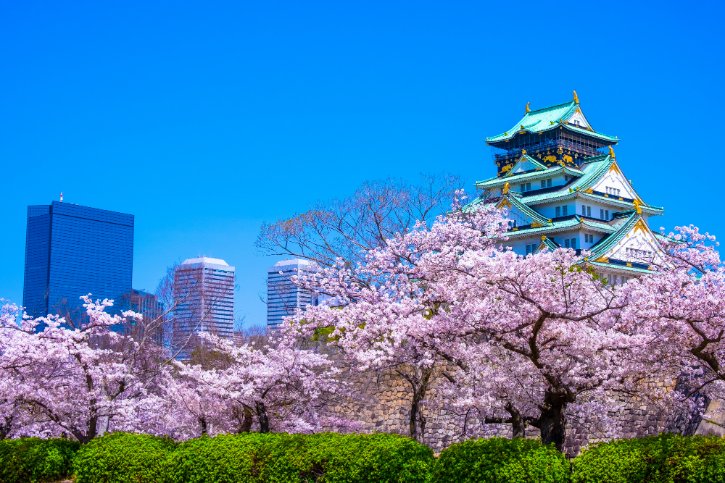
The cherry blossoms are stunning, but brace yourself for:
- Osaka hotels: 50-100% above normal rates
- Kyoto hotels: 150-200% above normal rates (yes, really!)
- Peak crowds everywhere
- Booking everything months in advance
- The possibility of missing peak bloom by a few days
Consider visiting during plum blossom season (February) or fresh green season (May) instead.
c. Golden Week (Late April – Early May)
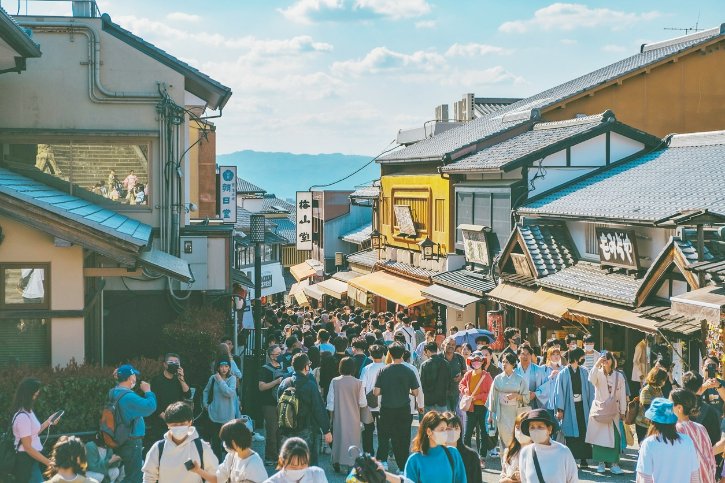
This is when all of Japan travels at once.
- Hotels: 50-80% more expensive
- Peak-level crowds nationwide
- Bullet trains: Fully booked
- Restaurants: Long waits everywhere
One of Japan’s busiest travel periods. Skip it unless you love crowds and have deep pockets.
d. July-August: The Summer Struggle
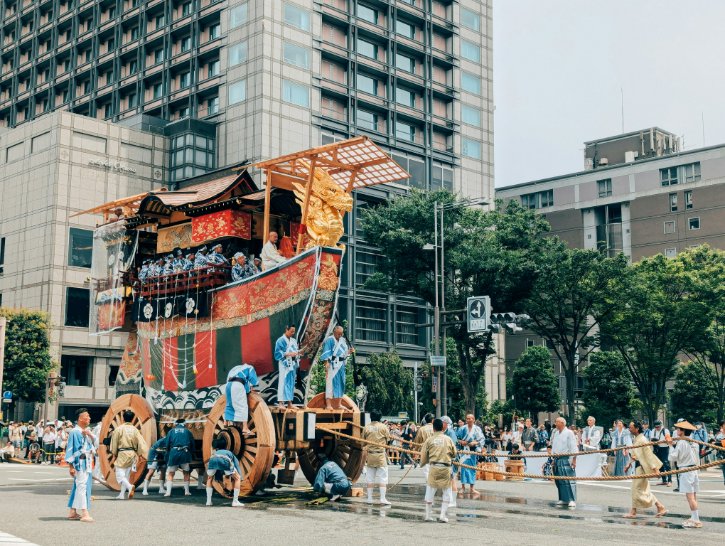
Summer in Kansai is brutal, and expensive too.
- 35°C with 80% humidity
- Hotels 30-50% above normal rates
- High crowd levels throughout
- Major festivals: Gion Matsuri (Kyoto), Tenjin Matsuri (Osaka)
- Obon week (August 13-16) brings additional domestic travel chaos
The festivals are spectacular, but you’ll earn those memories through sweat and high prices.
e. Early October: The Chinese Golden Week Effect
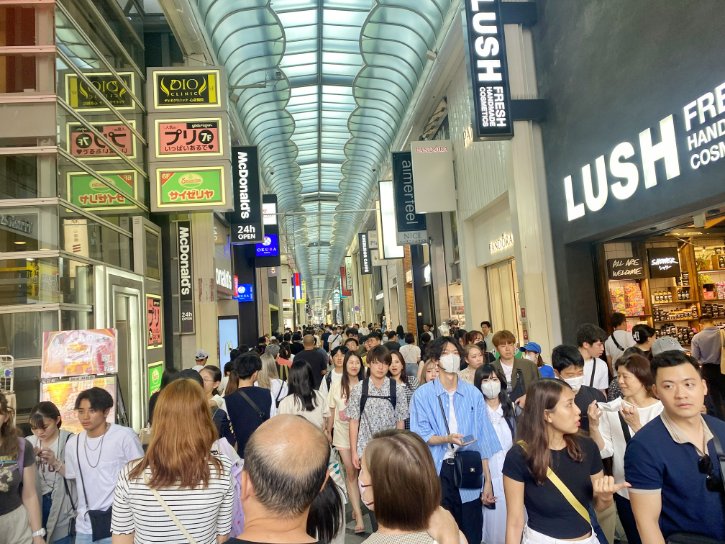
When China’s National Day holiday hits (October 1-7), expect:
- Medium-high crowds from overseas tour groups
- Hotels 20-30% above normal rates
- Popular sites suddenly overwhelmed
Wait until mid-October when things calm down.
f. Late October to Early December: Autumn Foliage Fever
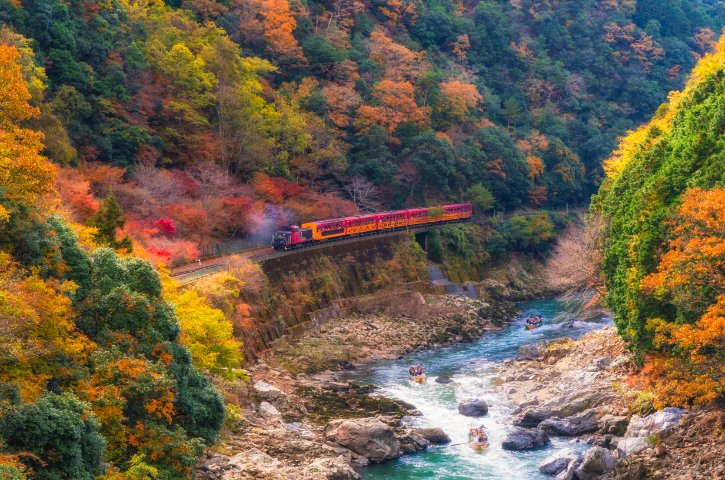
Think cherry blossom crowds but in fall colors.
- Hotel prices soar 50-150% above normal
- Peak crowds rival spring levels
- November 23 (Labor Thanksgiving) drives additional domestic tourism
- Famous temples become human traffic jams
If autumn leaves are non-negotiable, try mid-October or mid-December for slightly fewer crowds.
The Bottom Line
- For budget travelers: Mid-January through February wins with 15-25% savings.
- For perfect weather: Mid-October or late May.
- For avoiding crowds: January-March or mid-December.
- For cherry blossoms: Budget 50-200% extra for hotels and book months ahead.
- For autumn leaves: November means 50-150% higher prices and peak crowds.
Remember, there’s no “perfect” time that has it all. But armed with this guide, you can pick the perfect time for what matters most to you.
The temples, castles, and takoyaki will be waiting whenever you decide to come.

